Příroda pozitivní / uhlík negativní: Rozhovor s Duke Farms
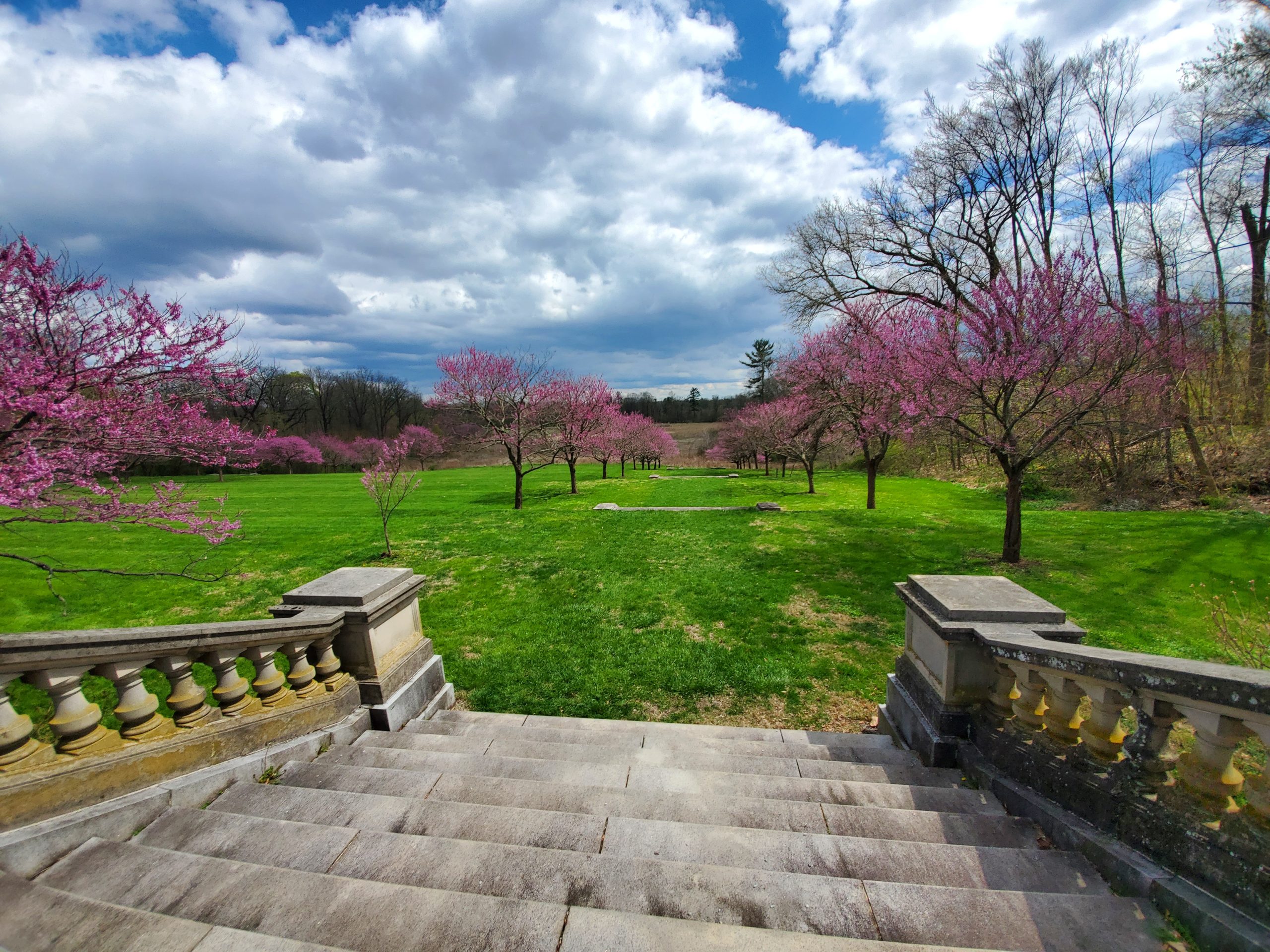
The Climate Toolkit měl možnost setkat se s Jonem Wagarem, zástupcem výkonného ředitele Duke Farms, střediska Nadace Doris Dukeové v New Jersey, a prozkoumat jejich dvojí přístup k udržitelnosti klimatu.
SOUBOR NÁSTROJŮ PRO OCHRANU KLIMATU:
Představte nám, co společnost Duke Farms dělá v oblasti klimatu.
JON WAGAR:
Jedním ze způsobů, jak z hlediska udržitelnosti klimatu formulujeme to, co děláme na farmě Duke, je. "Příroda pozitivní, uhlík negativní."
Myslím, že to platí i pro mnoho dalších zahrad a kulturních institucí, jako jsme my - skutečně se na udržitelnost díváme nejen z hlediska zastavěného prostředí, ale i z hlediska přírody a vzájemnosti. Robin Wall Kimmererová o této filozofii hovoří ve své knize Splétání sladké trávy. Protože máme na farmě Duke 2 700 akrů, musíme hospodařit na naší půdě způsobem, který je pro přírodu pozitivní a zároveň negativní z hlediska emisí uhlíku. Znamená to tedy, že naše emise budou nulové a zároveň budeme provádět činnosti spojené s obhospodařováním půdy a ekologickou obnovou, které mohou odstraňovat oxid uhličitý z atmosféry. Je důležité, abychom o tom takto uvažovali, protože klima je v krizi. My potřebujete přemýšlet o tom takto. Faktem je, že v současné době máme v ovzduší příliš mnoho oxidu uhličitého, a proto musíme snížit emise na nulu a zároveň odstraňovat uhlík a pečovat o přírodu.
SOUBOR NÁSTROJŮ PRO OCHRANU KLIMATU:
Jak společnost Duke Farms zahájila cestu k udržitelnosti klimatu?
JON WAGAR:
Máme plán čisté energie který sledujeme od roku 2016 a který je v souladu s cíli státu New Jersey v oblasti snižování emisí skleníkových plynů. Pařížská dohoda. Začali jsme energetickým auditem a provedli jsme velkou analýzu uhlíkové stopy, abychom optimalizovali, jak toho dosáhneme. Hlavní strategie, které z této analýzy vyplynuly, jsou následující: 1) elektrifikace všeho, 2) ekologizace naší elektřiny a 3) zvýšení odolnosti naší elektrické soustavy. To obnáší vybudování nového solárního pole s bateriovým úložištěm, které pokryje sto procent našich současných energetických potřeb.
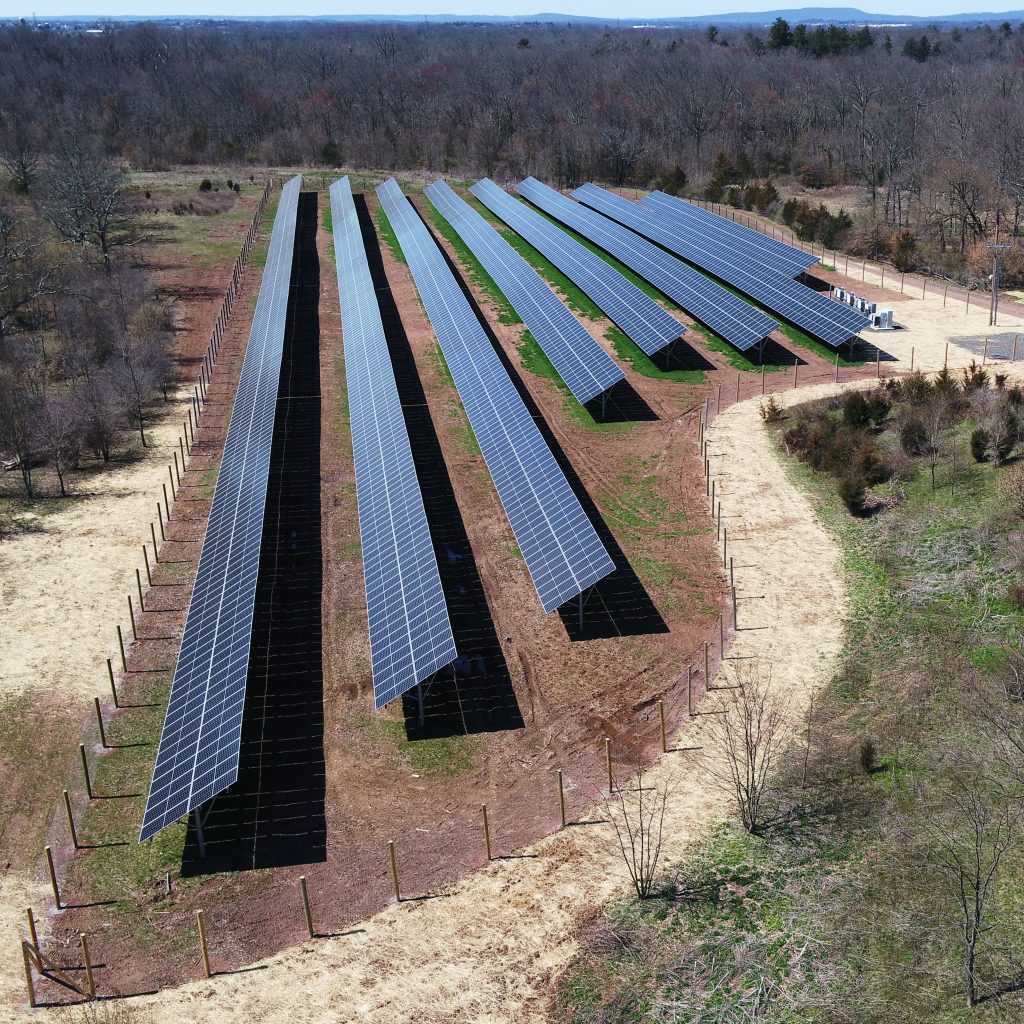
JON WAGAR:
Současně elektrifikujeme naše vozidla a zařízení, a co je důležité pro severovýchod, i vytápění našich prostor. V kampusu máme spoustu starých domů - pravděpodobně kolem 30 budov, které vyžadují teplo. Hodně z nich je vytápěno zemním plynem nebo je prostě převádíme na tepelná čerpadla. Je to poměrně jednoduché. Nejtěžší je to s budovou našeho skleníku, což je opravdu skvělý starý objekt firmy Lord & Burnham. Naše Orchidejová řada a Tropická sbírka, která má asi 28 000 metrů čtverečních, se zdá být malá ve srovnání s mnoha slavnějšími skleníky, ale je to naše hlavní skleník a je energeticky náročný. Narážíme tam na problémy. Nemají zatím skutečně elektrické vytápění (tepelná čerpadla), které by dokázalo udržet teploty, které v tuto chvíli potřebujeme. Takže hledáme prozatímní řešení.
SOUBOR NÁSTROJŮ PRO OCHRANU KLIMATU:
Nacházíte na obzoru slibná řešení?
JON WAGAR:
V současné době máme tzv. modulační kondenzační kotle zde v kampusu. Mají účinnost 98 - 99%, takže pokud chcete spalovat zemní plyn, měli byste ho spalovat tímto způsobem. Abychom výrazně snížili uhlíkovou stopu těchto kotlů na zemní plyn, budeme je doplňovat elektrickým ohřevem vody. Takže nyní navrhujeme něco, čím můžeme snížit zatížení kotlů a zároveň zvýšit zatížení naší ekologické elektrické sítě. Takže opět, toto dočasné řešení právě projektujeme. Myslíme si, že to dokážeme, ale je to tvrdý oříšek. Myslím, že u většiny botanických zahrad, které mají skleníky, to bude z hlediska uhlíkové stopy nejtěžší. V dalším období, doufejme, že za několik let, budou mít tepelná čerpadla, která dokáží udržet teploty potřebné pro komplexní vnitřní zahradnický systém.
SOUBOR NÁSTROJŮ PRO OCHRANU KLIMATU:
Ve společnosti Phipps jsme na tom úplně stejně. Náš dolní areál je nejmodernější a udržitelný, ale horní areál, který je historickou konzervatoří Lord & Burnham, je neudržitelný a zkoumáme různé možnosti, jako jsou tepelná čerpadla a geotermální energie.
JON WAGAR:
U skleníků a zimních zahrad může být vždy potřeba záložní zdroj zemního plynu. Nebo to může být biopalivo, například metan ze skládek. Ale vzhledem ke sbírkám, které máme; musíme být super odolní. Je to jako nemocnice s několika generátory. Budeme muset tuto otázku promyslet z hlediska zahradnictví a ochrany rostlin. Opravdu potřebujeme, aby tyto systémy byly odolné, a možná, že paliva přece jenom nějakou roli hrají, ale ne fosilní paliva.
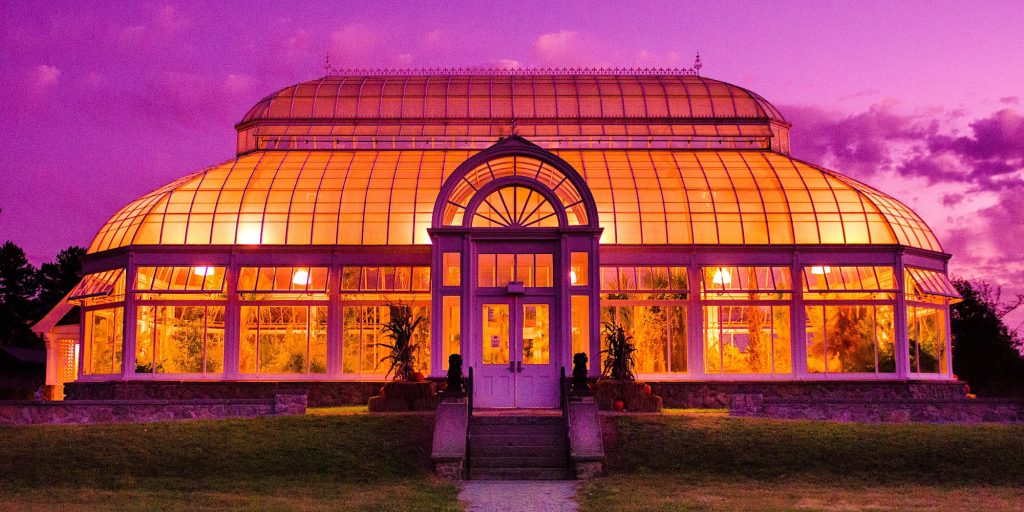
SOUBOR NÁSTROJŮ PRO OCHRANU KLIMATU:
Provedli jste energetický audit sami, nebo jste si na jeho provedení najali firmu?
JON WAGAR:
Ve skutečnosti to bylo obojí. Najali jsme si firmu, protože naše komise pro veřejné služby měla pobídku, v rámci které platila místním samosprávám a neziskovým organizacím za to, že si najímaly firmy na provádění energetických auditů. A to má mnoho států. Inženýrská firma provedla audit, ale my jsme potřebovali pomoc s jeho převedením a optimalizací. Pracovali jsme tedy s naším energetickým poradcem a jednou ze zajímavých věcí, kterou jsme zjistili, je, že je pro nás lepší investovat do elektrifikace vytápění než do výměny oken. Člověk by si myslel, že efektivita a úspora je to, kam byste měli neustále sypat peníze. Ale v tomto případě tomu tak není. Než abychom utratili $15 000 za nová okna do těchto starých domů nebo ještě více, dali jsme místo toho nový systém tepelného čerpadla za $15 000. Když se na to podíváme z hlediska nákladů, je to levnější. A také z hlediska uhlíkových emisí: máme stará okna z 90. let 19. století, která jsou krásná, ale netěsní jako síta. Abychom je nahradili, musíme se zamyslet nad rozsahem emisí z výroby, plynu, dopravy - prostě je rozumnější investovat do udržitelné energie a elektrifikace než do účinnosti nebo úspor právě teď.
Pak jsme si pozvali našeho energetického poradce, který se podíval na naše účty za energie a vytvořil model, kde se spotřebovává nejvíce energie, a převedl to na uhlíkovou stopu pro emise v rozsahu 1 a 2. Právě teď tento model přebíráme a vkládáme ho do Microsoft Power BI. Microsoft BI bude schopen vytvořit řídicí panel v reálném čase pro pracovníky zařízení, aby se mohli podívat na to, co se děje po jednotlivých měsících. A pak budeme mít vzdělávací panel pro veřejnost, který bude ukazovat, jaká je naše uhlíková stopa v reálném čase. A pak řídicí panel pro vedoucí pracovníky, který se bude zabývat metrikami. BI se tedy snaží tento model převzít a uvést ho do praxe.
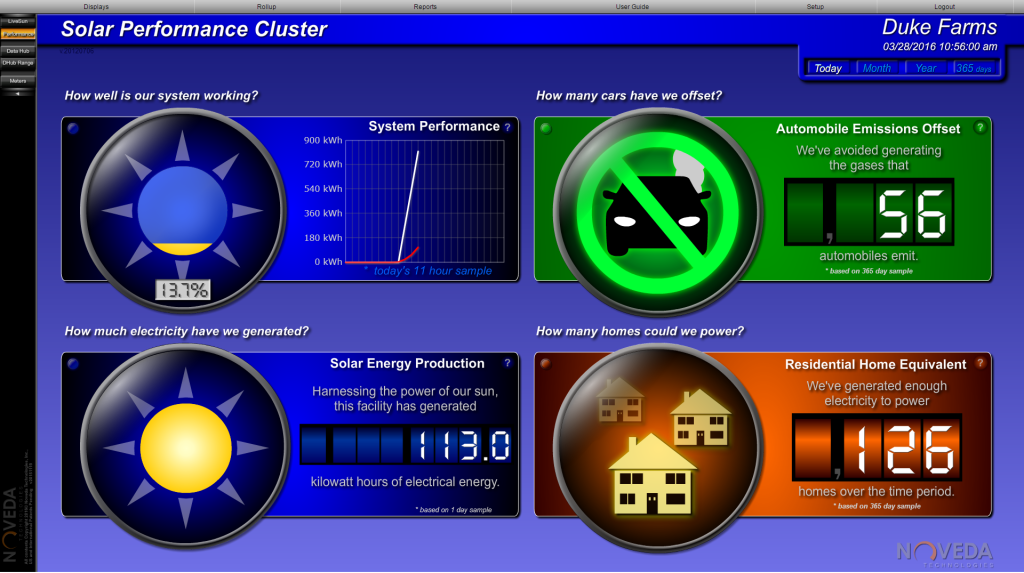
JON WAGAR:
Systém přebírá informace z našich účtů za energie, z našeho finančního systému a ze všech oblastí, kde získáváme informace o spotřebě energie, a následně je schopen zobrazovat a vytvářet přehledy na jednom centralizovaném místě. To je svého druhu skutečná inovace v našem provozu udržitelné energie. Budeme mít toto jedno sklo, kam se můžeme podívat a zeptat se: Kolik zemního plynu spotřebovala naše orchidejová střelnice a zimní zahrada? Kolik energie spotřebovalo tento měsíc naše elektrické vozidlo? Kolik bylo vyrobeno solární energie? Protože přichází tolik datových toků, BI bude přebírat všechny informace z inteligentních měřičů v celém kampusu a bude je moci shromáždit na jednom místě. A to se právě teď děje.
SOUBOR NÁSTROJŮ PRO OCHRANU KLIMATU:
To zní opravdu na vyšší úrovni.
JON WAGAR:
Jsme z toho nadšení. Protože tyto datové toky má každá instituce, že? Zjistili jsme, že ve spolupráci s naším finančním oddělením nebo s místním podnikem veřejných služeb je můžeme začít spojovat dohromady a vytvářet tak skutečně jasný obraz o tom, co se děje - nejen na roční bázi, ale průběžně.
SOUBOR NÁSTROJŮ PRO OCHRANU KLIMATU:
Zahrnujete Rozsah 3 v analýze emisí, nebo se zaměřit pouze na Rozsah 1 a 2?
JON WAGAR:
Hodně jsme přemýšleli zejména o rozsahu 3, protože to jsou věci, které jsou pro nás obtížně zvládnutelné. Když jsme prováděli analýzu uhlíkové stopy, rozhodli jsme se podívat na naše návštěvníky, odkud přicházejí, a na jejich emise. Kdybychom se podívali pouze na naše emise a na uhlík absorbovaný přirozenými klimatickými řešeními na naší půdě, byli bychom uhlíkově záporní. Ale když jsme pak spočítali emise od našich návštěvníků, bylo to pro nás jako uhelné emise naprosto likvidační. Proto jsme přistoupili k získání grantu na vývoj těchto rychlonabíječek stejnosměrného proudu - které budou v provozu do konce měsíce - a několika nových nabíječek druhé úrovně.

JON WAGAR:
Rozsah 3 je pro nás nejnáročnější. Jsem opravdu přesvědčen, že se jím musíme výslovně zabývat, protože jinak si můžeme namlouvat, že jsme uhlíkově neutrální nebo čistě nuloví, aniž bychom zohlednili rozsah 3. Když se však začnete zabývat rozsahem 3, rozšíří se vám perspektiva a opatření, která byste měli přijmout - například vybudování rychlonabíječky stejnosměrného proudu nebo pohled na naše programy environmentálního vzdělávání a propagace činností s negativním vlivem na emise uhlíku. Takže si opět myslím, že díky tomuto širšímu druhu analýzy uhlíkové stopy se všichni musíme podívat na naše uhlíkové a energetické systémy a zároveň se zabývat rozsahem 3 a jasně si uvědomit, že se jedná o problém. Rozsah 1 a rozsah 2 - je poměrně snadné stanovit číslo dopadu na to, co vypouštíte, a v průběhu času se snažit o jeho snížení. V případě rozsahu 1 jde pouze o to, co spalujete na místě, pokud jde o fosilní paliva. V případě rozsahu 2 se jedná o energetickou síť a elektřinu, kterou z ní odebíráte. Tyto věci jsou velmi dobře kvantifikovatelné. Ale rozsah 3 je mnohem kvalitativnější, protože zde dochází k chybám; nevíte, zda něco nezapočítáváte dvakrát. Celá analýza životního cyklu je prostě tak složitá.
SOUBOR NÁSTROJŮ PRO OCHRANU KLIMATU:
Jak jste začali řešit analýzu rozsahu 3?
JON WAGAR:
Na Rutgersově univerzitě máme výzkumnici, se kterou spolupracujeme - pracuje na analýze uhlíkové stopy životního cyklu a její specializací je rozsah 3. Měli bychom ji mít do konce roku. A pak budeme muset vymyslet, jak se tím budeme zabývat a jak o tom budeme informovat. Určitě jsou věci, které nebudeme schopni udělat nebo řešit - například pokud nepřestaneme operativně dostávat balíčky od Amazonu. Ale pak jsou věci, které budeme moci udělat. V každém případě se naše myšlenky při této práci a širším uvažování o emisích hodně vyvinuly. I když to bohužel znamená, že Duke Farms se v dohledné době jako uhlíkově negativní neprojeví. Co se týče hrubých emisí uhlíku, mohli bychom být nakonec čistě negativní. Ale je třeba se zabývat hrubými emisemi uhlíku souvisejícími s touto lokalitou a hrubými emisemi skleníkových plynů souvisejícími se všemi našimi lokalitami.
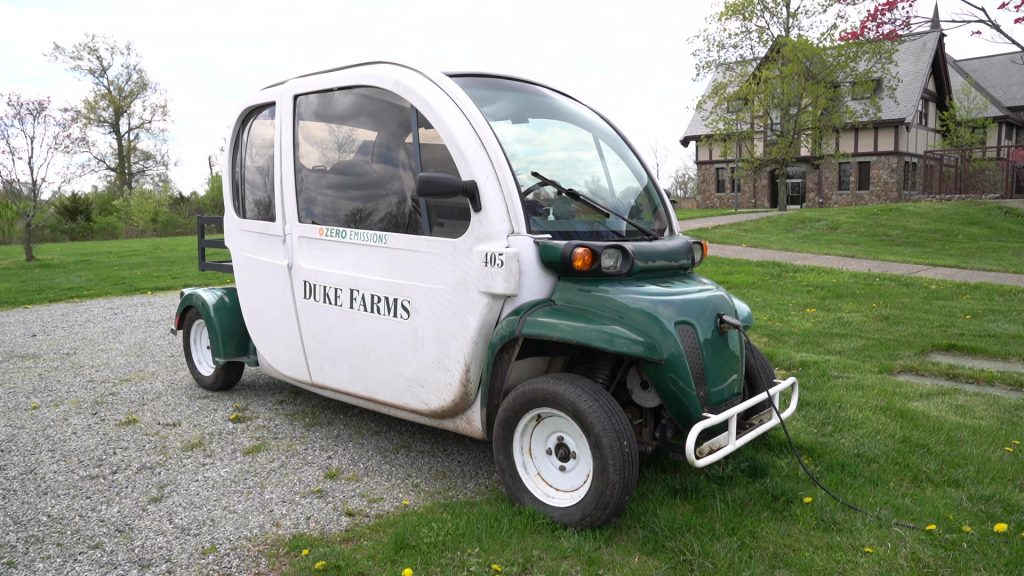
SOUBOR NÁSTROJŮ PRO OCHRANU KLIMATU:
Máte pro své strategie plnou institucionální podporu?
JON WAGAR:
Máme něco, čemu říkáme iniciativa Catalyst. V rámci Nadace Doris Dukeové jsme tři, kteří o tom hodně mluví a povyšují to v rámci organizace. Je to naše výkonná ředitelka Margaret Waldocková a náš manažer pro zařízení a technologie Jim Hanson; my jsme o tom nejvíce přemýšleli. Nicméně na rozdíl od některých botanických zahrad a jiných institucí je naším posláním je udržitelnost. Takže není moc odezvy. Vytváříme také partnerství s podobně velkými institucemi, abychom zjistili, jaké překážky brání rychlému zavádění a urychlení čisté energie. Co můžeme udělat jinak s povolováním, aby se solární energie realizovala rychleji? Nebo bateriové úložiště a odolnost. Partneři a vzdělávací instituce mohou rozšířit náš záběr a pomoci ovlivnit rychlost, s jakou probíhá energetická transformace.
SOUBOR NÁSTROJŮ PRO OCHRANU KLIMATU:
Je cílem Duke Farms stát se demonstračním kampusem pro další větší instituce - lidi s obrovskou rozlohou - a být vodítkem pro zavádění osvědčených postupů v oblasti udržitelnosti klimatu?
JON WAGAR:
Máme platformu pro ovlivnění urychlení rozvoje čisté energie. Samozřejmě zde neděláme všechno. Nemáme například větrné elektrárny na moři. Ale myslím si, že to, co děláme na místě, nám dává skutečné místo u stolu, které nám pomáhá ovlivňovat konverzaci. Vidím nás jako lídry v prosazování této myšlenky a využití našeho zařízení jako platformy - nejen proto, že zde máme technologii a dáváme ji dohromady elegantním způsobem, ale také proto, že máme skvělé místo pro svolávání a sdružování lidí, aby o těchto otázkách mluvili. Využití našich společných zkušeností jako základny, abychom mohli vytvořit pákový efekt a případně spojit lidi na národní úrovni. Opravdu se považujeme za lidi, kteří se snaží mít vedoucí postavení, přinejmenším zde v New Jersey na místní úrovni. Protože mnoho z těchto problémů je velmi lokálních, že?
SOUBOR NÁSTROJŮ PRO OCHRANU KLIMATU:
Můžete mi říct něco o technikách obnovy půdy, které používáte na farmě Duke?
JON WAGAR:
Máme něco přes 2700 akrů a hodně jsme toho obnovili. Velká část z nich byla zemědělská půda v nevhodných oblastech - tedy v záplavových oblastech, které se zaplavují zhruba jednou za dva roky. Udělali jsme to tak, že jsme spolupracovali s federální vládou, s NRCSa zřídili věcná břemena na přibližně 500 akrů podél záplavové oblasti - řeky Raritan - a poté je obnovovali jako původní lužní biotopy s využitím některých inovativních zdrojů financování, tzv. vypořádání škod na přírodních zdrojích. Také jsme přinesli peníze zvenčí do přeměny kukuřice a sóji zpět na to, co bylo - ještě před holandskými zemědělci na počátku 17. století - lužními lesy. A to je opravdu důležité, protože řeka Raritan je veřejným zdrojem vody. Je náchylná k častým záplavám. Takže tato obnova pomůže řeku zpomalit.
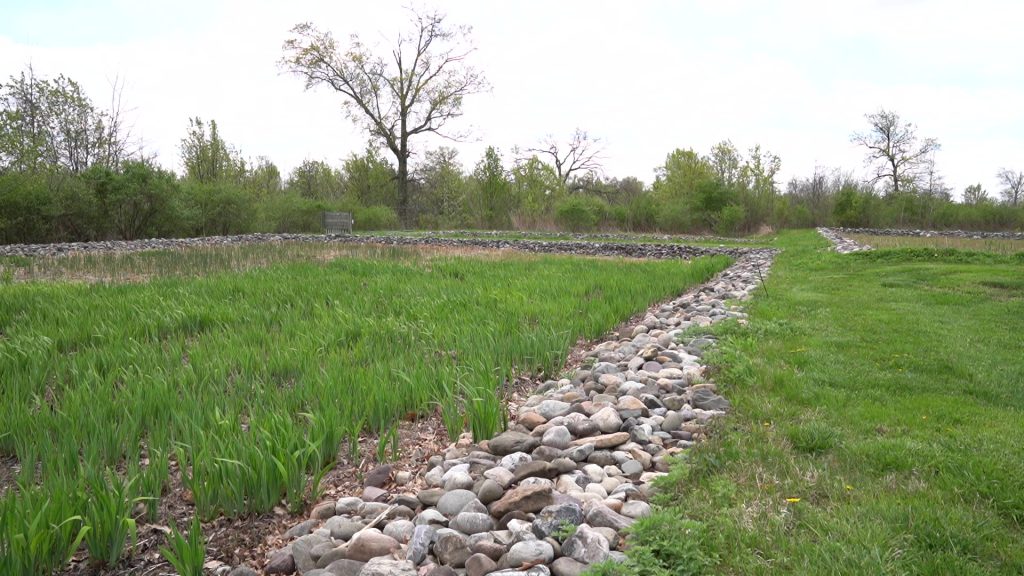
JON WAGAR:
Máme také zemědělská pole, která obhospodařujeme - máme stádo skotu v agroekologickém zemědělském programu, které obhospodařujeme pro luční ptáky a obnovu pastvin. Máme lesy v horských oblastech, kde provádíme kontrolu invazních druhů. Máme aktivní program managementu jelení zvěře, zaměřený na kontrolu invazních druhů, podporu původních druhů a přirozených ekosystémových procesů. Máme tedy všechny tyto projekty obnovy, které probíhají již několik let. Před třemi lety jsme zahájili výzkumný projekt s Rutgersovou univerzitou a zaplatili jsme jim, aby nám pomohli zjistit, jaká je základní hodnota uhlíku pro všechny projekty obnovy, které provádíme. Udělali to tak, že změřili uhlík v půdě ve všech půdách, uhlík ve stromech a zkoumali toky uhlíku pomocí těchto metod. Věže s vířivou proměnlivostí toku.
SOUBOR NÁSTROJŮ PRO OCHRANU KLIMATU:
Řekněte nám o tom více.
JON WAGAR:
Jedná se o věže, které vám ukáží toky uhlíku v průběhu roku v ekosystémech. Máme jich několik, stejně jako měřičů toku mízy, které měří růst stromů. Provádíme tedy spoustu přesných vědeckých měření toho, kolik uhlíku tato půda pohlcuje. A pak také sledujeme způsoby hospodaření a jejich vliv. Například zkoumáme, jak přidávání biocharu do půdy zvyšuje množství uhlíku v půdě a jeho sekvestraci nebo jak změny v postupech hospodaření s půdou, jako je zalesňování nebo výsadba původních rostlin a keřů, změní příjem uhlíku. Jde o více než jen o výchozí hodnoty - provádíme experimenty, při nichž provádíme skutečné techniky obhospodařování půdy, abychom zjistili, jak to může být schopno zvýšit obsah uhlíku v této půdě.
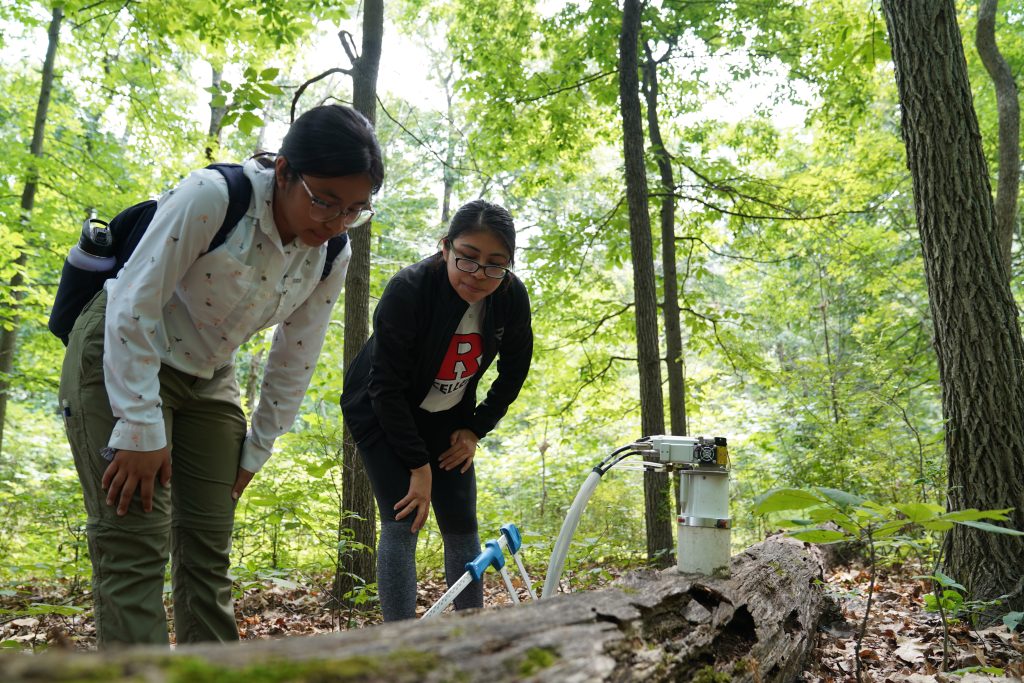
JON WAGAR:
Všude se však setkáváte s myšlenkou, že "pozitivní příroda" není jen o uhlíku. Na našich zemědělských polích máme jedny z nejlepších ohrožených travních biotopů ve státě - z velké části jde o původní teplomilné trávníky. A naše myšlenka je, že krávy mohou přispět k jejich zachování. Ve skutečnosti, když vracíme zvířata na půdu, zjišťujeme, že se zvyšuje obsah uhlíku v půdě. I když krávy samozřejmě vypouštějí hodně metanu, má to skutečně pozitivní dopad na zdraví a kvalitu půdy. Bude zajímavé sledovat čísla. Domníváme se, že velká část metanu je kompenzována tím, že se s těmito půdami zachází mnohem lépe než v minulosti, pokud jde o koloběh živin.
Kdybychom chtěli maximalizovat pohlcování uhlíku, vysadili bychom ho do stromů. Je to tak? Ale pěstování stromů by zničilo travnaté biotopy. To nás přivádí zpět k myšlence pozitivní přírody. To jsou kompromisy, které musíme všichni při správě pozemků nebo nemovitostí dělat. Na farmě Duke říkáme, že nebudeme maximalizovat příjem uhlíku, protože máme travnaté biotopy, máme krávy, máme ptáky; a ohrožení ptáci jsou skutečně naším cílem ochrany přírody. Snažíme se tedy využívat dobytek k obhospodařování těchto stanovišť namísto sečení, které má navíc výhodu v tom, že přidává uhlík do půdy. Je to velmi zajímavé agroekologický systém které by bylo možné napodobit na jiných místech pro trávu a ptáky.

SOUBOR NÁSTROJŮ PRO OCHRANU KLIMATU:
Rád přemýšlím o této příležitosti na Duke Farms pro demonstraci osvědčených postupů - zejména s ohledem na rotační pastva. Hovořilo se o tom, že by bylo možné navázat kontakt s průmyslovými zemědělci nebo lidmi, kteří praktikují neekologické způsoby hospodaření, a ukázat jim, že rotační pastva je velmi prospěšná pro hospodaření s dobytkem i půdou?
JON WAGAR:
Nyní spolupracujeme s několika podobně smýšlejícími farmáři v okolí - přichází mnoho mladých farmářů, kteří zdědili rodinné farmy a nechtějí pěstovat standardní řádkové plodiny. To je skutečná příležitost, ale jsou tu i určitá úzká místa. Například v Duke Farms nemáme infrastrukturu pro jatka a řeznictví. Musíme vše vozit do Pensylvánie, což je nákladné. Veškerý náš dobytek se tedy zpracovává tam a pak se vrací zpět pro naše kavárenské provozy "z farmy na vidličku". Hodně ho také darujeme potravinovým bankám, což je skvělé, protože můžeme nabízet velmi kvalitní hovězí maso krmené trávou, které bylo dokončeno na obilí. Dodělá ho někdo, kdo je specializovaný zpracovatel hovězího masa krmeného trávou - a společnost Duke Farms s ním pak spolupracuje na společném prodeji produktu. Jde o to, abychom pomohli i tomuto odvětví, když se na něj podíváme v širším kontextu. Pak snad můžeme pomoci nastartovat toto hnutí a prosazovat osvědčené postupy. A myslím, že si uvědomujeme, že zejména v New Jersey existuje obrovský trh s místním hovězím masem, které je krmeno trávou a je šetrné k ptákům - a že může vyžadovat skutečnou prémii.
A tak je to i s trávou a ptačími stanovišti. Chcete udržovat určité podmínky na pastvinách, určitou výšku trávy a chcete krávy poměrně často přesouvat, což je jiné než u většiny chovů masného skotu. A myslím, že na Duke Farms ukazujeme, že můžete dělat obojí a získat vysoce produktivní pastviny, což je to, co chtějí ptáci a co chtějí krávy. Takže děláme tento skutečně intenzivně řízený systém pastvy. Děláme to už nějakou dobu a teď jen zdokonalujeme obchodní model. Ale opět je to jeden z těchto kompromisů. Kdybyste se snažili skutečně maximalizovat sekvestraci uhlíku, krávy byste neměli.
SOUBOR NÁSTROJŮ PRO OCHRANU KLIMATU:
Zajímalo by mě, jestli se o tom dá polemizovat. Ano, potenciálně nemaximalizujete lokální sekvestraci uhlíku na svých polích - ale tím, že děláte osvětu a poskytujete ukázky toho, jak správně hospodařit společně s dobytkem a pastvinami, možná dosáhnete většího dopadu. Pokud byste měli v úmyslu spojit se se 100 chovateli dobytka a těchto 100 farem by se rozhodlo zavést na svých pozemcích rotační pastvu, pak byste najednou měli mnohem větší dopad na sekvestraci uhlíku než jen na své jedné lokalizované oblasti.
JON WAGAR:
Rozhodně. Musíme si uvědomit, že lidé nepřestanou jíst maso. Je to tak? Pokud však existují udržitelnější způsoby chovu tohoto masa, zdravější a humánnější způsoby, které můžeme prokázat, je to pravděpodobně dobrá věc. Pokud to děláte správně, můžete krávy skutečně využít ke zlepšení travnatých stanovišť a půdy. To je tedy aspekt pozitivní pro přírodu. Děláme tuny obnovy, hodně agroekologie, ale ne všechno bude sloužit k maximalizaci sekvestrace uhlíku. Myslím, že to je opravdu dobrý bod, který někdy lidé přehlížejí. Můžeme se nechat příliš unést myšlenkami: klima, uhlík, sekvestrace... Ale pak nám tak trochu uniká ten přírodní aspekt. Naši mecenáši z Duke Farms v podstatě řekli, že tento majetek musí být využíván ve prospěch divoké přírody a zemědělství. Vycházíme tedy z toho, co řekla Doris Dukeová, a snažíme se to interpretovat v kontextu dnešní doby. A tady jsme skončili: jsou pozitivní pro přírodu a negativní pro uhlík.
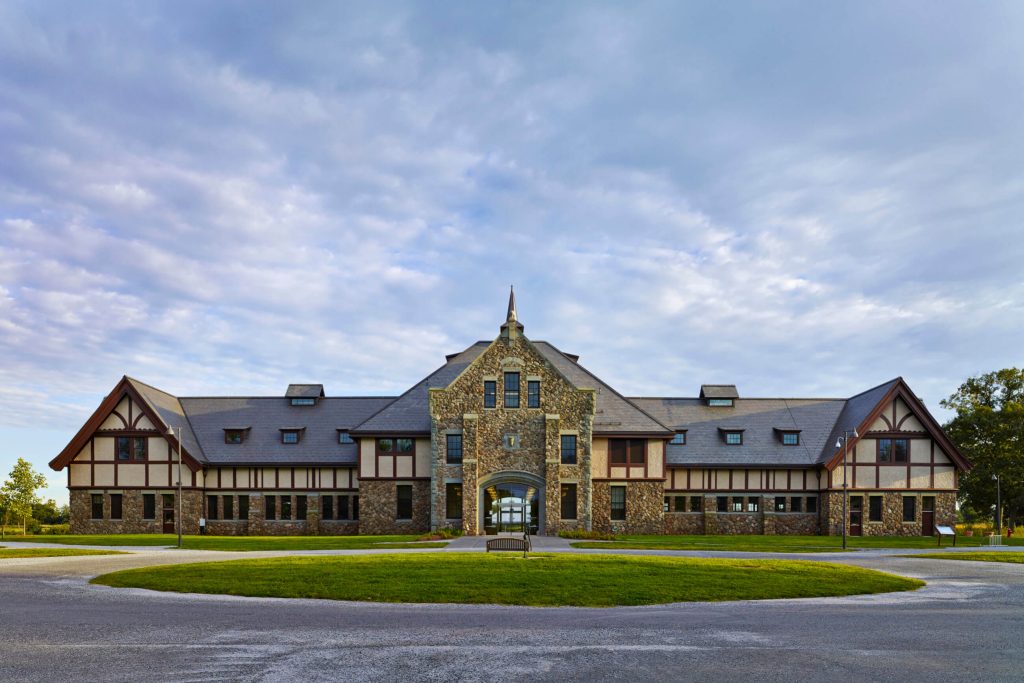
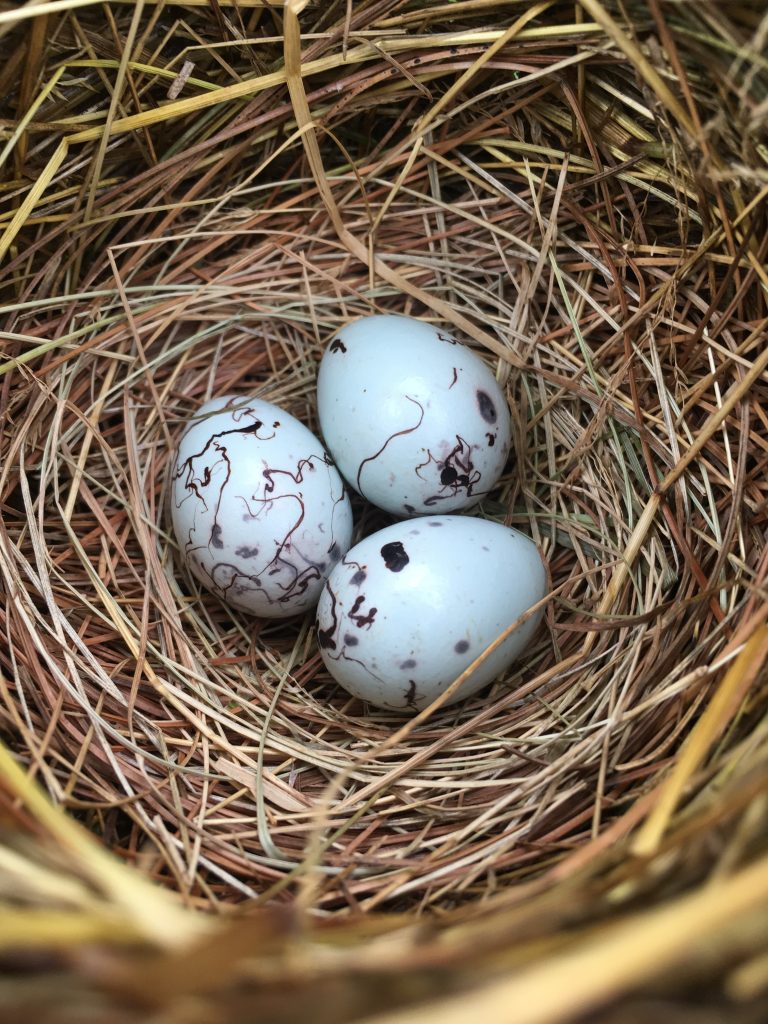
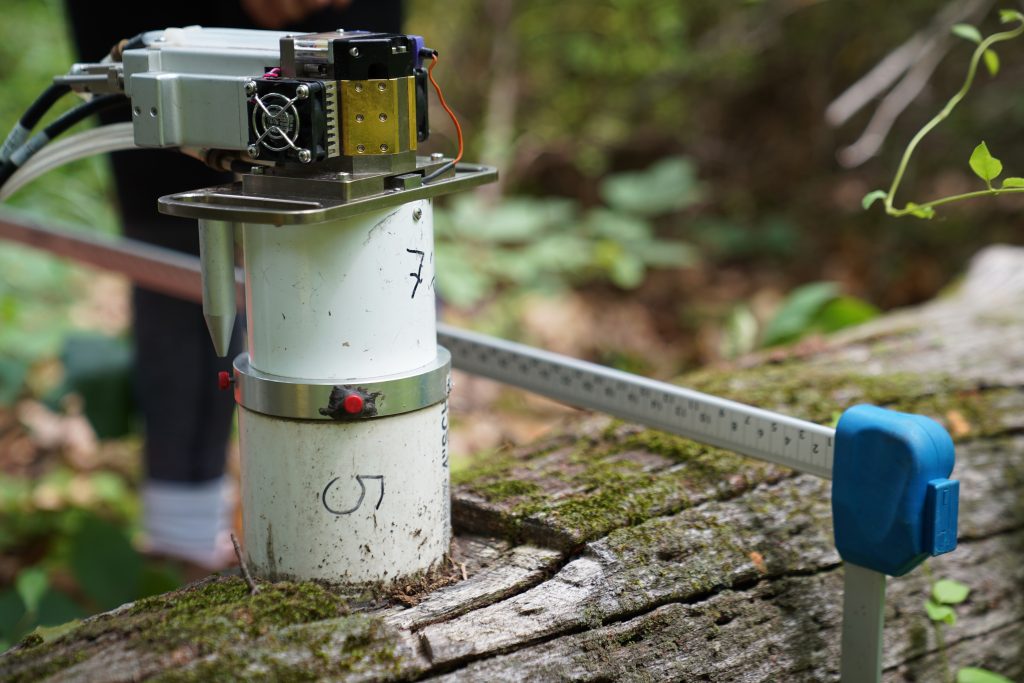
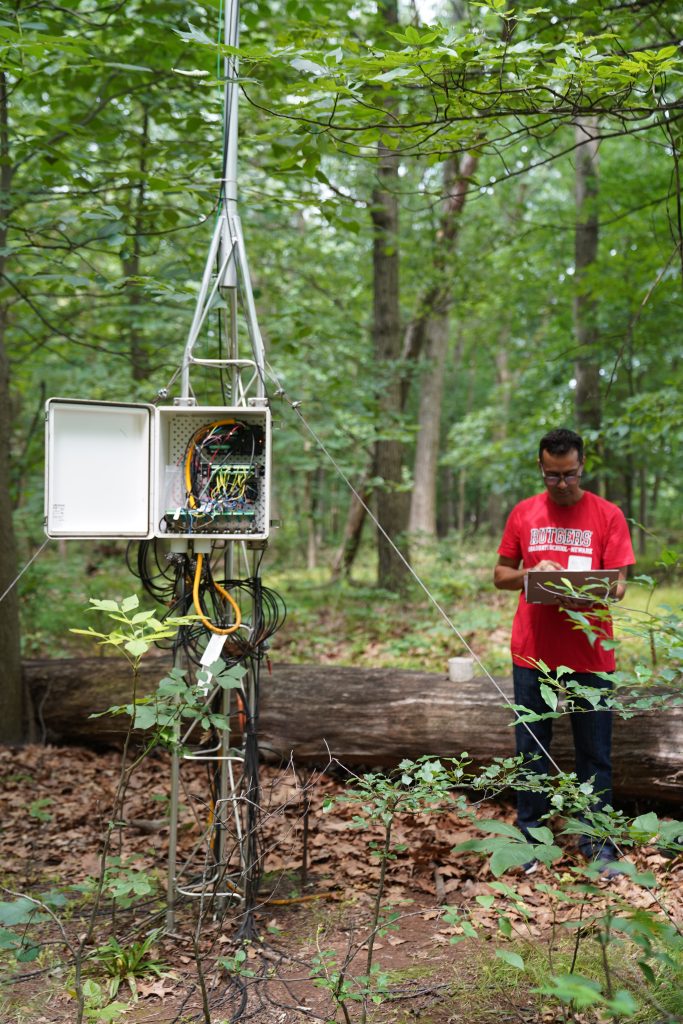
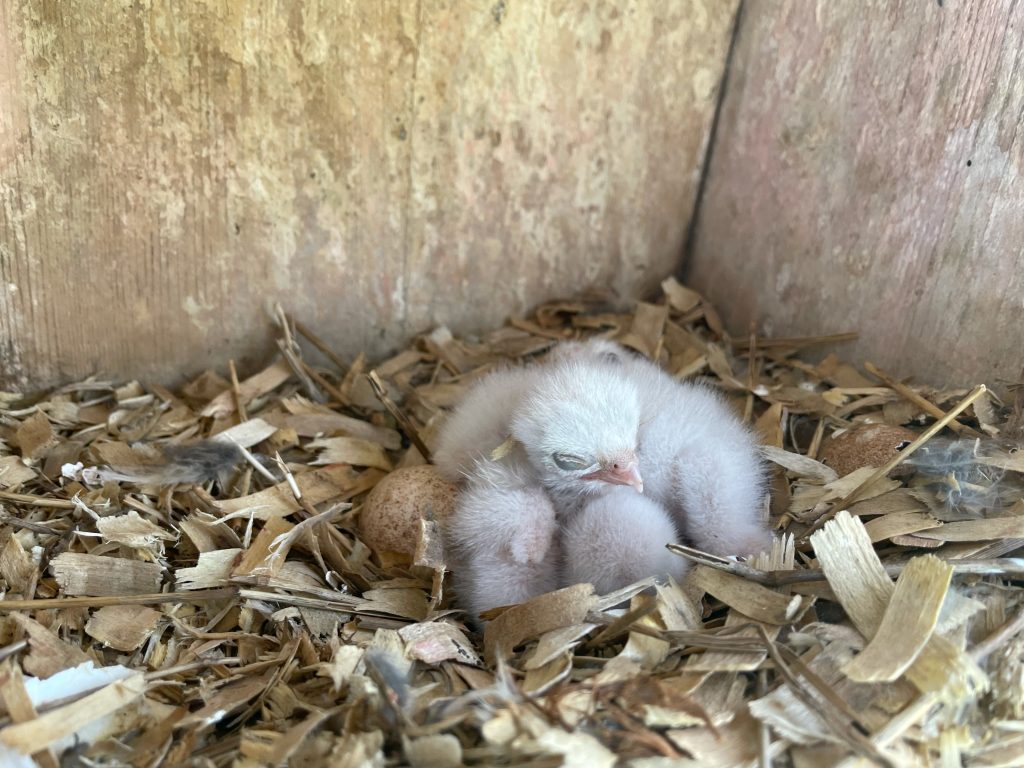


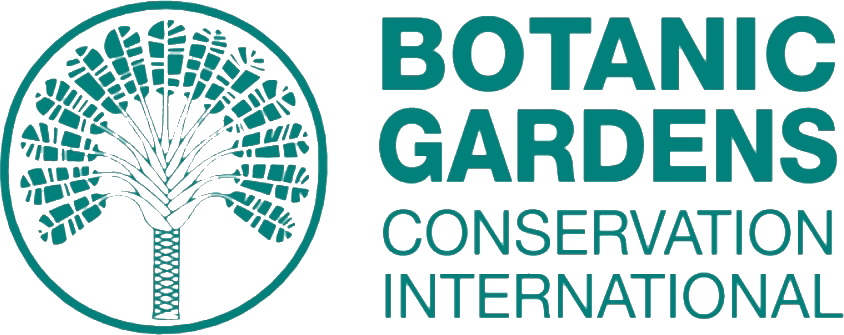



Nejnovější komentáře